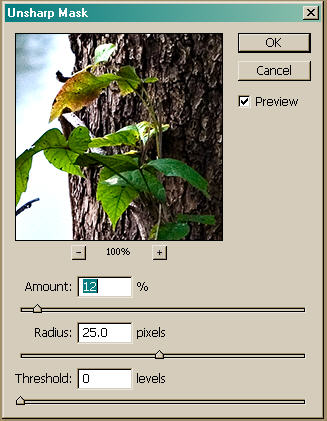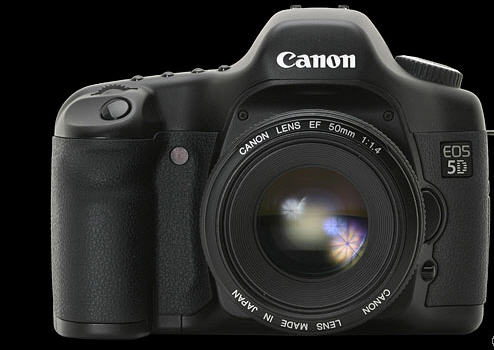The lightening-fast advance of digital photography has nearly put film out to pasture. At this point, a couple of hundred dollars will get you a seven megapixel digital point and shoot (or digicam) that can yield exhibition-quality prints up to 11 by 17 inches.
If you’re serious about this, consider a digital
Canon, Nikon, FujiFilm,
The following products--plus camera and computer--are all you need to produce excellent photographs and make exhibition-quality prints—or post images to the Web. The prints can last for a hundred years or more when properly mounted.
Epson R1800 printer, $449 at B&H Photo Video prints 13 x 19-inch sheets and accepts 13-inch -wide roll paper. The cheaper Epson R800, $359 at B&H, prints 8 ½ x 11-inch sheets and accepts roll paper up to 8.3-inches wide. Both add a clear Gloss Optimizer layer to prints on glossy paper and yield print life up to 100 years, using long-lasting pigment inks. Print quality is excellent, though these two can’t equal the color neutrality of the Epson 2400 ($729.95 at B&H) for black and white prints. Both Canon and HP now also sell archival pigment-ink printers that rival the Epson products. http://www.bhphotovideo.com/
Adobe PhotoShop CS2 $599.95 at B&H Photo Video or $299.95 if you can provide Academic Certification. This is the pre-eminent pixel-wrangling product on the planet, and it ain’t cheap. If you’re serious about photography get it. If money’s tight, consider Elements.
Adobe PhotoShop Elements 5.0 for Windows $99.95; Elements 4.0 for Mac $85.95; or $69.95 for the Academic version, Windows or Mac. Prices from B&H Photo Video http://www.bhphotovideo.com/
Adobe Photoshop CS2 for Photographers: A Professional Image Editor's Guide to the Creative Use of Photoshop for the Macintosh and PC by Martin Evening; $29.67 at Amazon.com. This book is not lightweight, but it covers
Cambridge in Color Excellent introduction to the basics of digital photography.
http://www.cambridgeincolour.com/tutorials.htm
Gretag Macbeth Eye-One Display 2, Mfr. Part # 700501/355420, $229.00 at Adorama
http://www.adorama.com/ One of the most highly regarded producers of monitor-calibration products, gretagmacbeth has always used X-Rite colorimeters, plus its own software. Last year, X-Rite purchased gretagmeabeth, but retains its software and brand name. This or the ColorVision Spyder 2 Colorimeter suite, $149.95 at Adorama, are what you need for basic monitor calibration--and if your monitor's not calibrated, you can't control your prints.
Vendor description: Eye-One Display 2 is the calibration standard, delivering unparalleled functionality for high-end professional monitor calibration and profiling results. The award-winning Eye-One Display 2 delivers unrivaled color controls including Workgroup Match, Ambient Check and Match, Push Button Calibration and Validation - all essential tools for professional photographers and designers to attain accurate color throughout the digital workflow, whether in their own studio or in a collaborative production environment. With Eye-One Display 2, you can precisely measure all types of displays - including LCDs, CRTs and laptops.
All this gear can be had for under $750, if you opt for the lower-price version in each case. With another $1,000 or so for both camera and computer, you’re all the way into digital photography for less than two grand. But don’t kid yourself. Once the bug bites, it’s hard to stop at two grand…and equally hard to get out.
Ah, well…enjoy.
John B Blackford, December 2006


